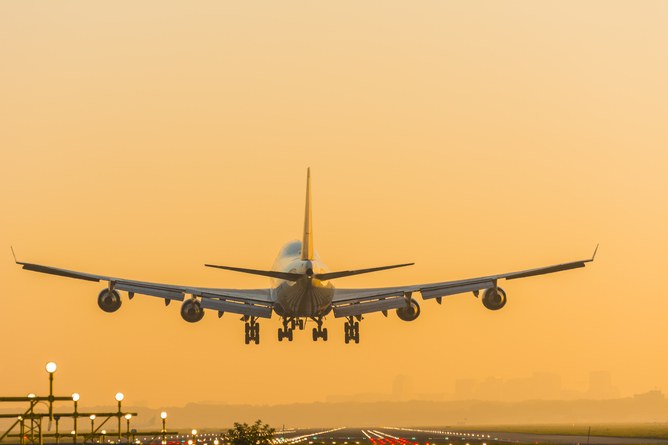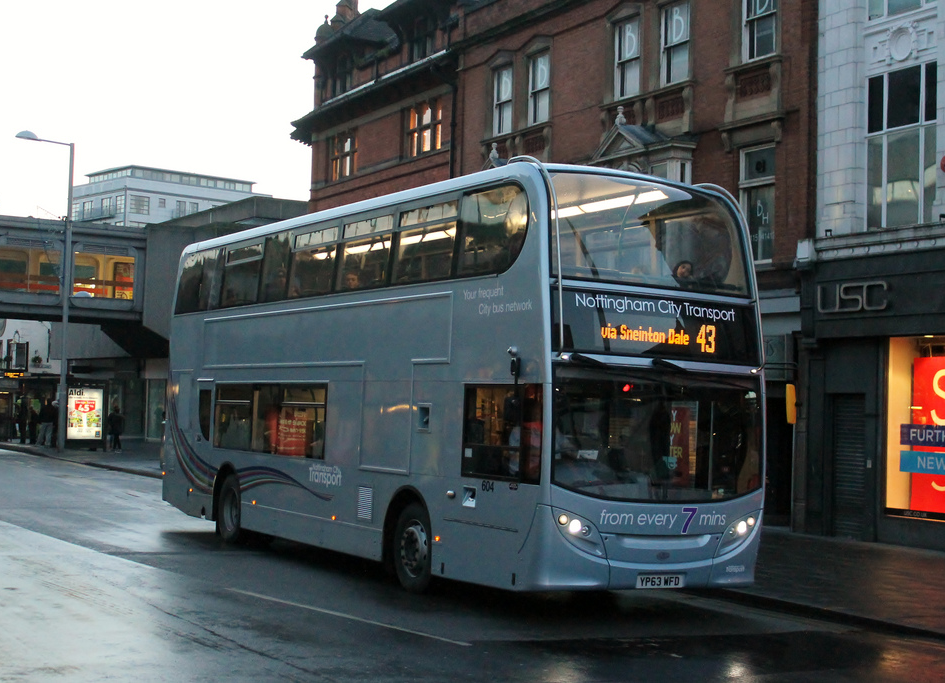Guy Gratton, Brunel University London
It’s difficult to imagine now, in the age of mass global travel, that building an aeroplane to carry hundreds of people at a time was once seen as a huge risk. But as the world’s first wide-body airliner, the Boeing 747 went on to change not only aviation but the entire tourism industry. Its economic design did much to move international travel within reach of middle-class holiday goers rather than just the privileged few.
However, the venerable Boeing 747 may be nearing the end of its production life – its manufacturing rate is to be halved to six a year. A shift towards newer and more efficient aircraft that can land at smaller (and so more) airports and a tendency to use former passenger planes for freight has reduced the remaining 747 order book to just 20, after building more than 1,500 since 1969.
Boeing’s decision to develop a new, giant airliner bigger than those of its competitors in the mid 1960s was a very bold move. It was a huge commercial risk that required borrowing some $2bn from a banking consortium, the largest amount of money ever borrowed by any corporation at that time. The gamble also involved buying a 780-acre site near Seattle to build a totally new manufacturing site, and promising to deliver its first orders in a shorter time than any normal projection to develop such a large aircraft.
But more than this, the company was throwing its resources into creating the world’s largest, widest, and (bar the much smaller Concorde) most technically advanced airliner, and doing so in a very complex market. Boeing’s competitors were also developing slightly smaller wide-body aircraft – defined as having two aisles or a cabin wider than 200 inches – that launched within two years of the 747’s 1969 debut.
But also, much of the world expected the future of air transport to be supersonic. Even Boeing hedged its bets somewhat by deliberately designing the 747 to be adapted as a freighter in case supersonic passenger travel became the norm.
Compared to the competing McDonnell Douglas DC10 and Lockheed L1011 Tristar, the 747 was bigger and more expensive, carrying four instead of three engines (the most expensive components). But the fourth engine gave the plane a significant safety advantage in that it would retain much greater propulsion power if one of the engines failed. These engines – the Pratt and Whitney JT9D and the similarly sized Rolls Royce RB211 – also provided much greater power and better fuel economy than was previously available.
Two engines too many
Today, the industry has moved towards twin-engine aeroplanes such as the Boeing 777 and the Airbus A330, with three-engine aeroplanes being relatively unpopular because of the high labour costs of working on an engine bedded into the aeroplane fin. The four-engine 747 retained a clear place in the market because twin-engine planes must stay within a certain distance from an airport in case of engine failure. This allowed the 747 to achieve shorter journey times on the longest routes because it can use more direct flight paths.
However, improving engine reliability means authorities have slowly increased the distance a twin-engine airliner can fly from a runway, gradually reducing the advantage of having four engines. And of course, those newer, more reliable engines have also been bigger and more efficient.
Of course, the slowdown in 747 production doesn’t mean the original jumbo jet will disappear from our skies just yet. The latest models are much longer, bigger and operate with more modern engines and instruments than the earlier 747-100s (no longer do the crew have to take sextant readings through the cockpit roof), and the newer aircraft are likely to stay in service for at least another 20 years.
The size and flexibility of the design also mean the 747 provides some very specialist functions. For example, a joint US/German project has built a giant infrared space telescope into one. The US Air Force has installed a chemical laser into another as part of its Star Wars programme and has successfully used it in tests to shoot down ballistic missiles.
However, the 747 has probably been improved as much as it can be. The four-engine wide-body aircraft may not be dead yet, but the 747’s nearest competitor, the Airbus A380, has also suffered from the shift to smaller and more flexible aircraft and took no new orders last year. Boeing itself has moved on to other models, most recently the lightweight 787.
Still, the original jumbo jet will always be the aircraft that made Boeing into the global leader it is today, helping bring long-distance air travel to many of us who previously could never have dreamed of it.![]()
Guy Gratton, Visiting Senior Research Fellow, Brunel University London
This article was originally published on The Conversation. Read the original article.



